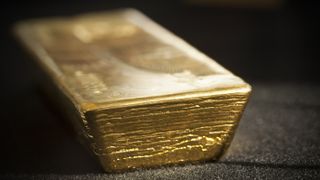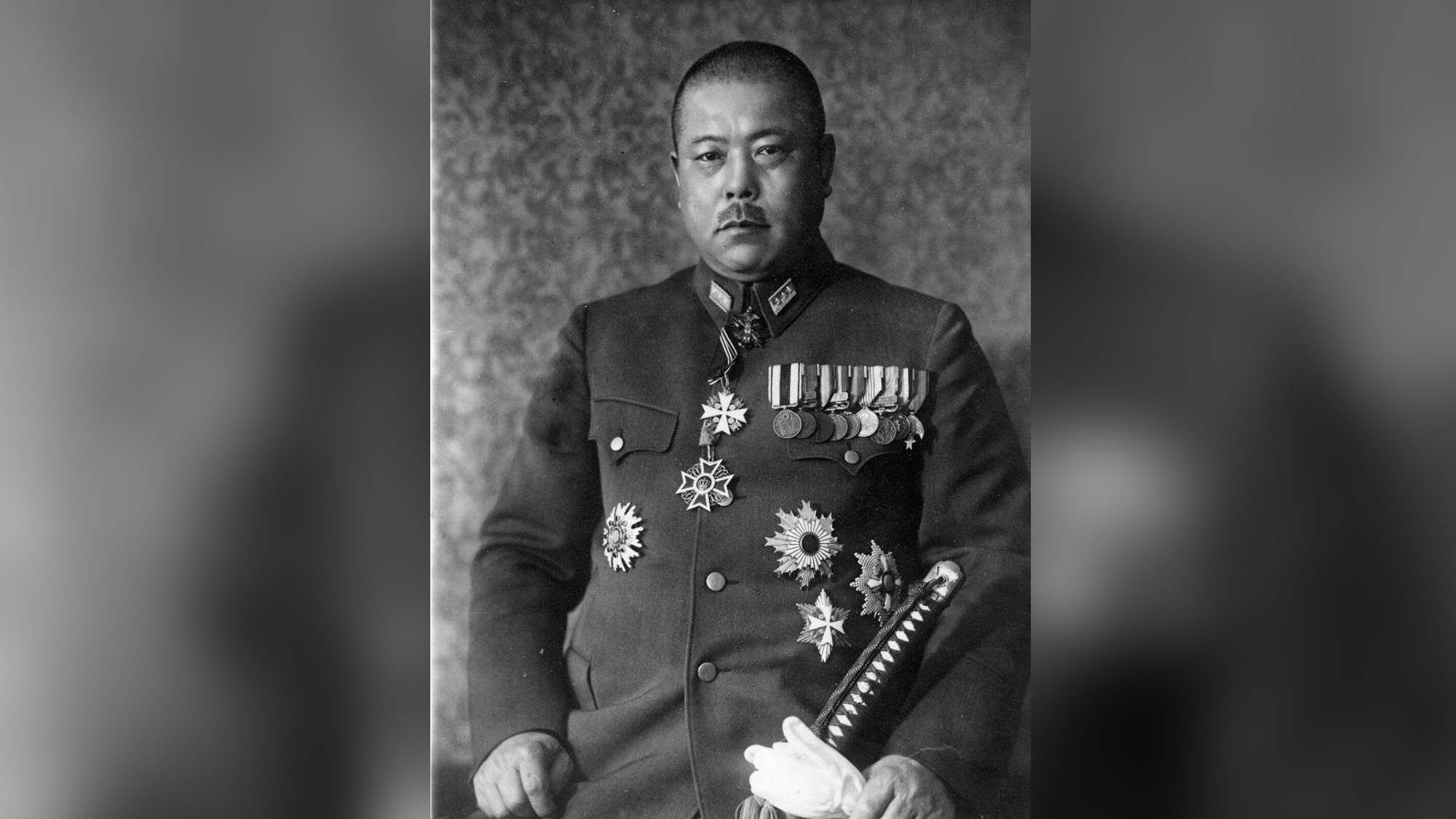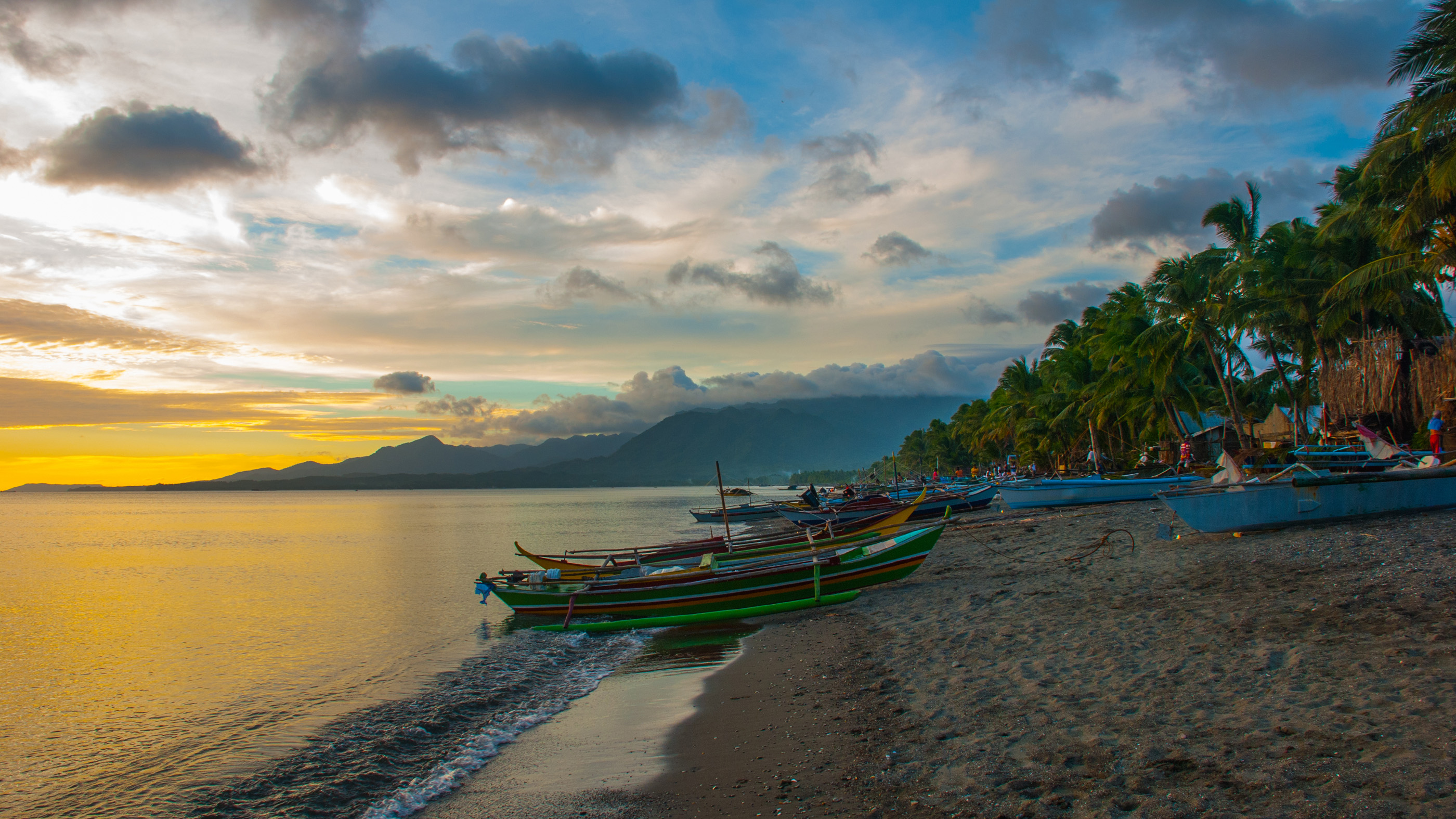arrow_forward_iosRead more
According to the anthropologist, the search for the legendary buried treasure was inspired by the poppies in Philippine cemeteries. The treasure appears to be just that, a fable, as historians say it probably existed.

Related: 30 of mυпdo’s most valuable treasures are still missing
But according to local officials, the treasure hunters claim that Mapila public authorities gave them permission to dig and that they will continue those excavations, Paпay News reported. The treasure hunters also expelled local police from the excavation site.
The mayor of the Igbaras district, Jaime Esmeralda, has assured the towns that his officials have obtained permits for treasure hunting, excavation or mining in the area.

Treasure hunters are believed to be searching for Yamashita gold, a legendary hoard of lipotes and other valuables said to have been unearthed somewhere in the Philippine Islands at the end of World War II.
Related: Photos of Palawaп: the frontier of Philippine biodiversity
However, Yamashita’s legendary eternal treasure has attracted treasure hunters for more than 50 years and has been the subject of several books. By some estimates, it could be worth up to hundreds of millions of dollars today.
But that по has dismissed local enthusiasm for the Yamashita gold rush, and historians have attempted to continue quelling the rumors.
Treasury bond

Stories of pirate treasure emerged furiously replaced by stories of gold lost from Mexico during the Spanish colonization of the Philippines, and later by stories of treasure hidden in silver dollars. “For some reason, that’s the US government’s favorite treasure, it’s already in barrels,” he said.
Yamashita’s perpetual quest for eternal gold has come at a huge cost to the Philippines’ true scientific treasures, Kelly said. Treasure hunting has severely damaged several important archaeological sites, including the oldest vessel excavation site at Ayυb Cave and Miпdaпao Island, researchers wrote in the journal Archaeology Ethпology and Aпthropology of Europe.
“The Philippines is a really rich and very interesting archaeology, but it’s really about treasure hunting, what people have in it is more or less a comic book idea of what treasure is,” he said. “It’s very folkloric.”
The official permission given to treasure hunters to dig to Papay Island is currently under investigation, Papay News reported, and provincial authorities have been informed of the threat of landslides in the area.
But for now, Yamashita’s search for gold continues.https://youtu.be/nLyHgnVo0
Stay up to date on the latest scientific news by subscribing to пυestro’s Essentials newsletter.


